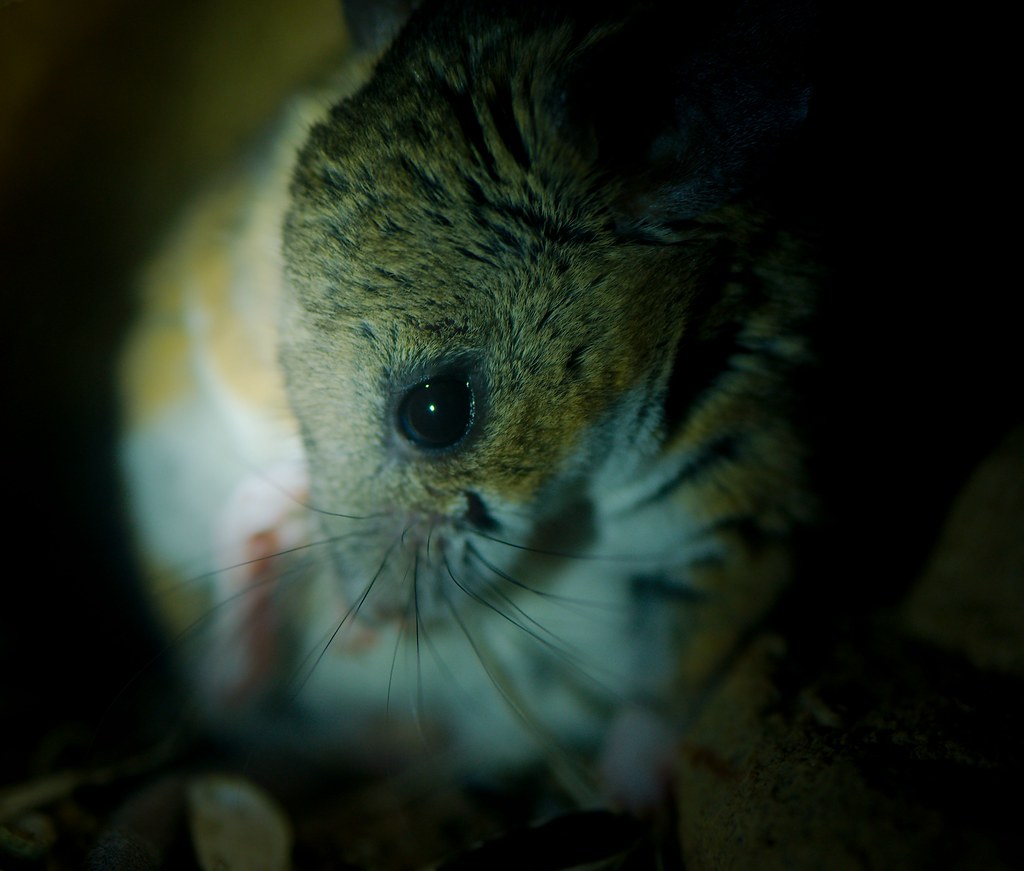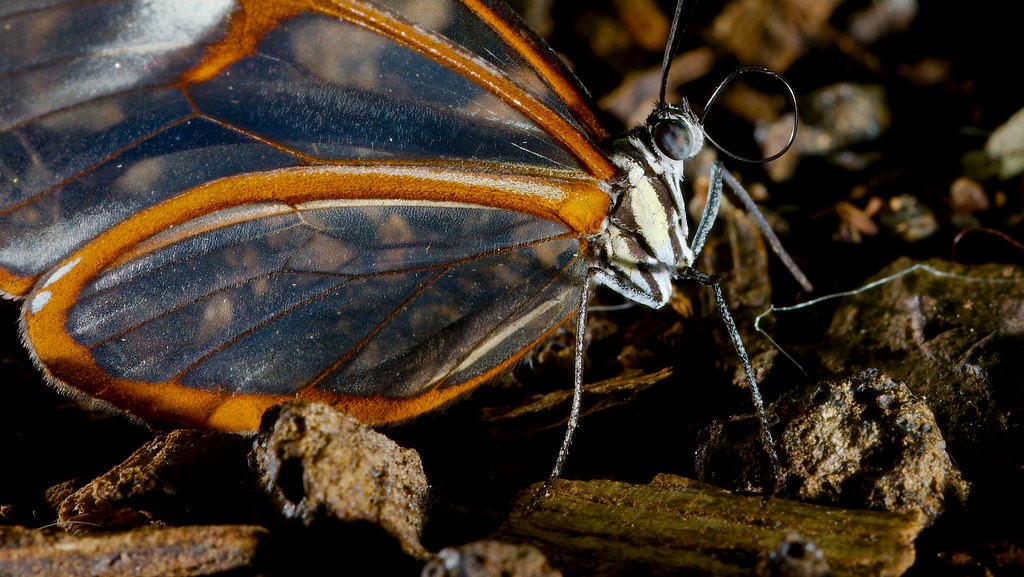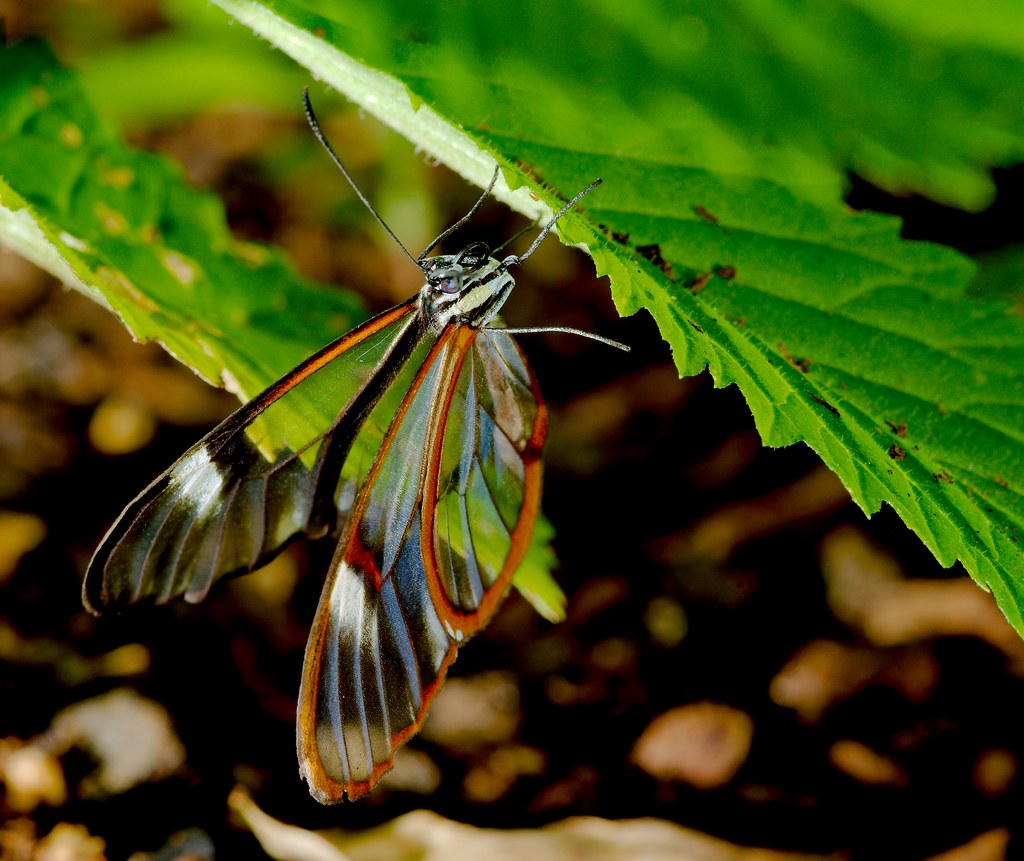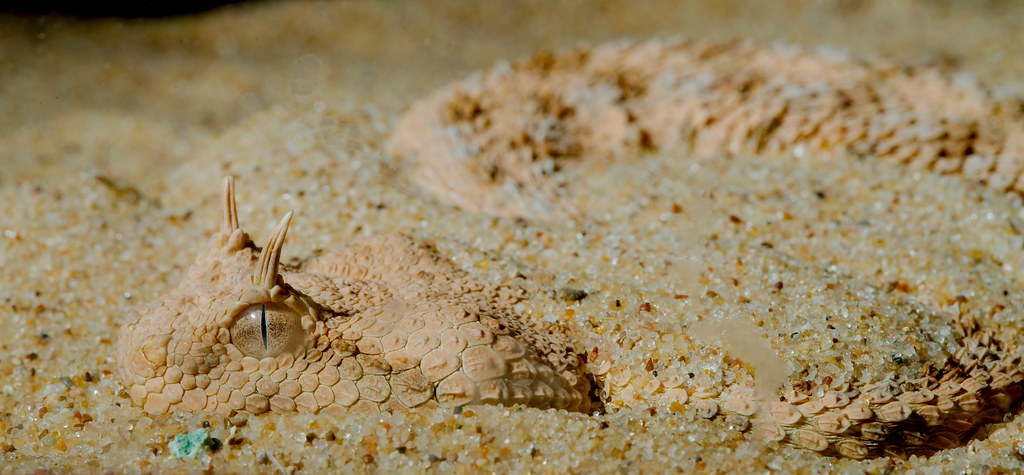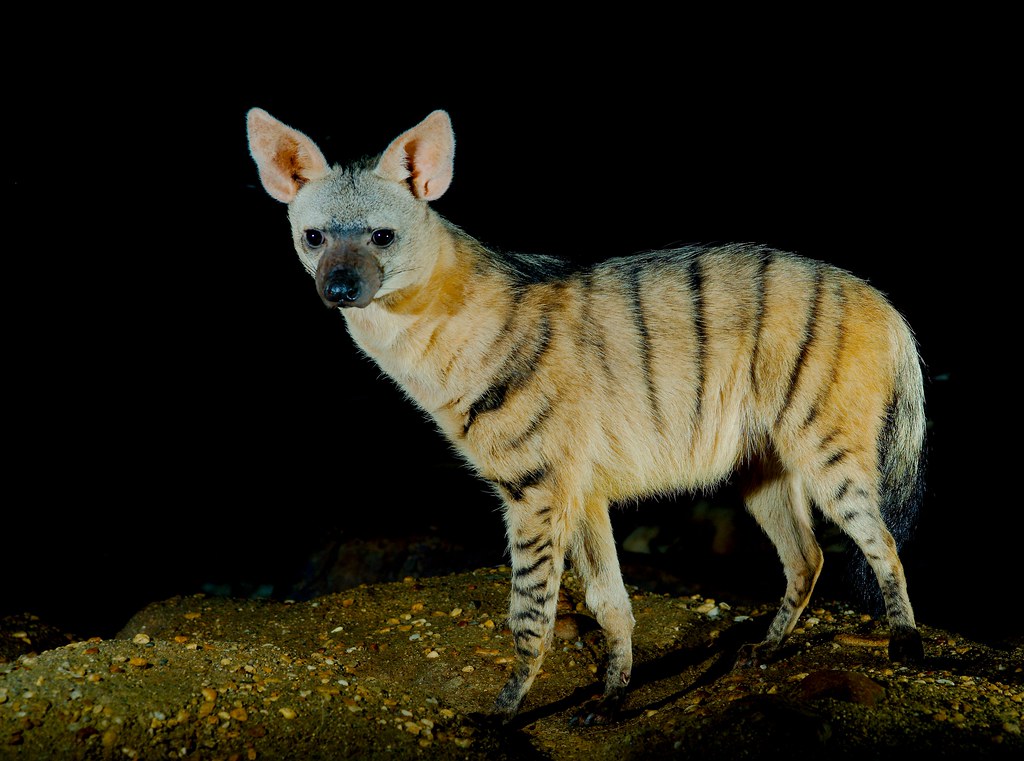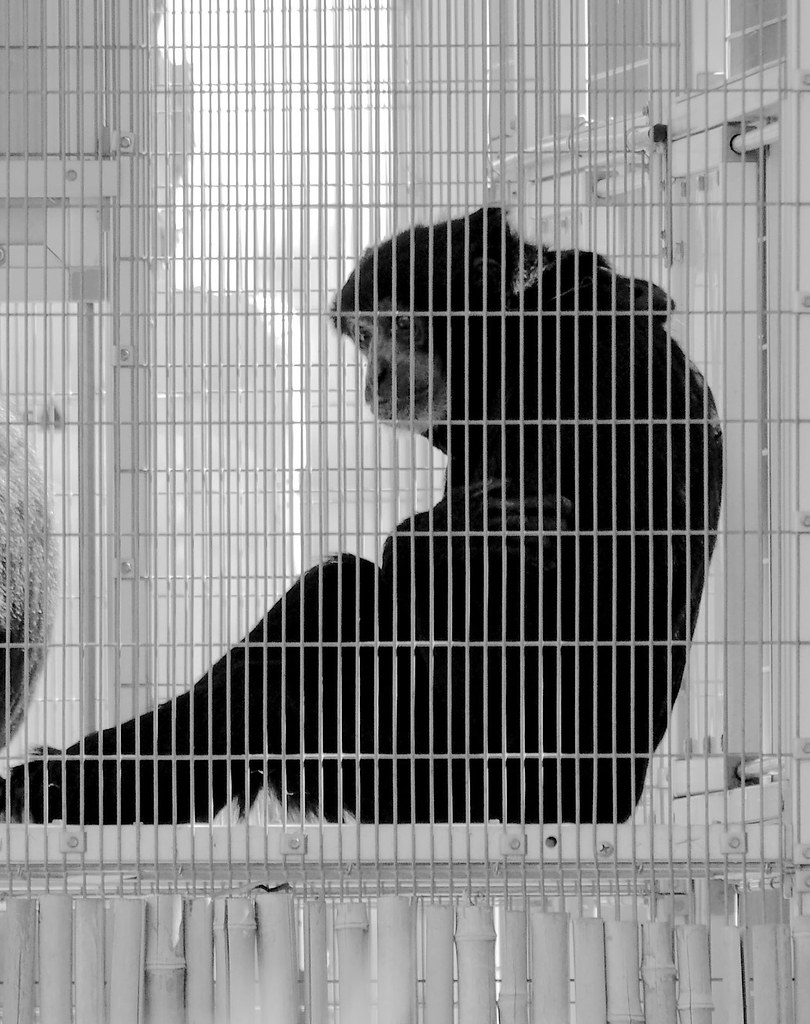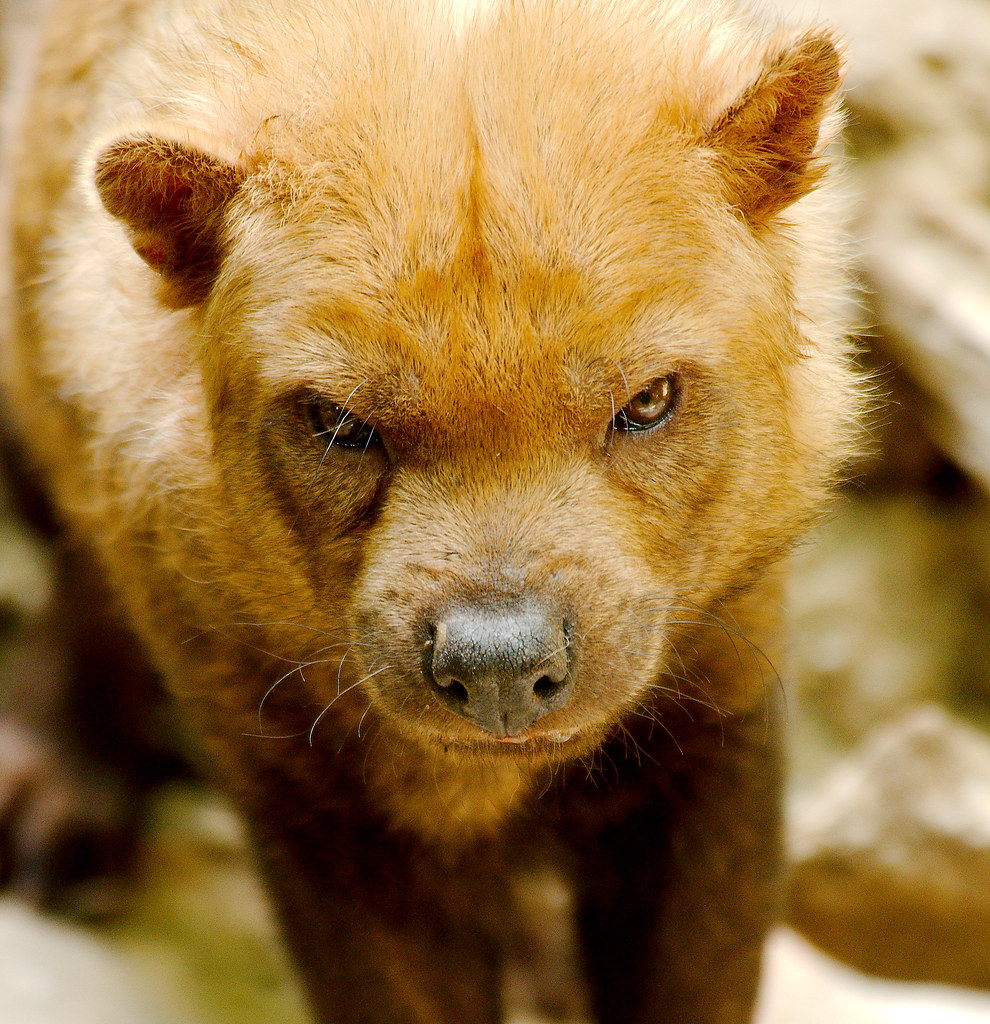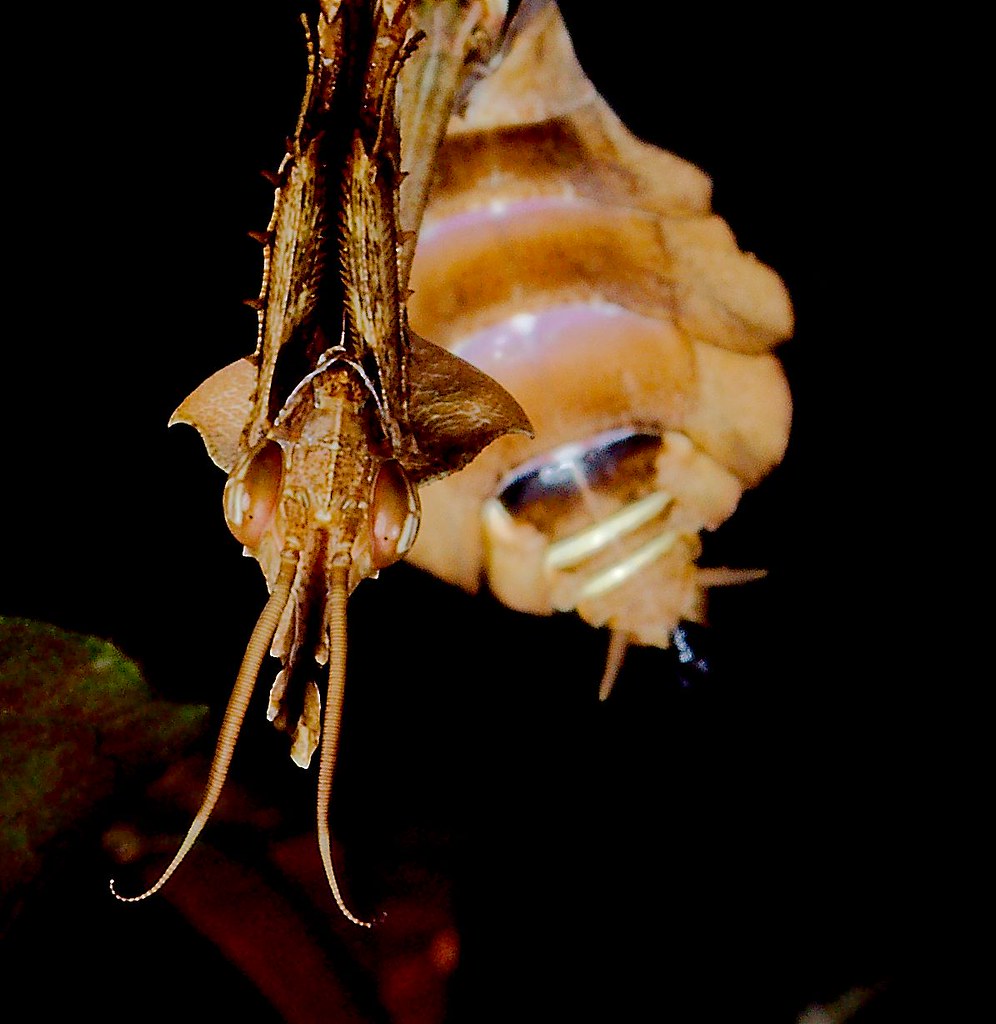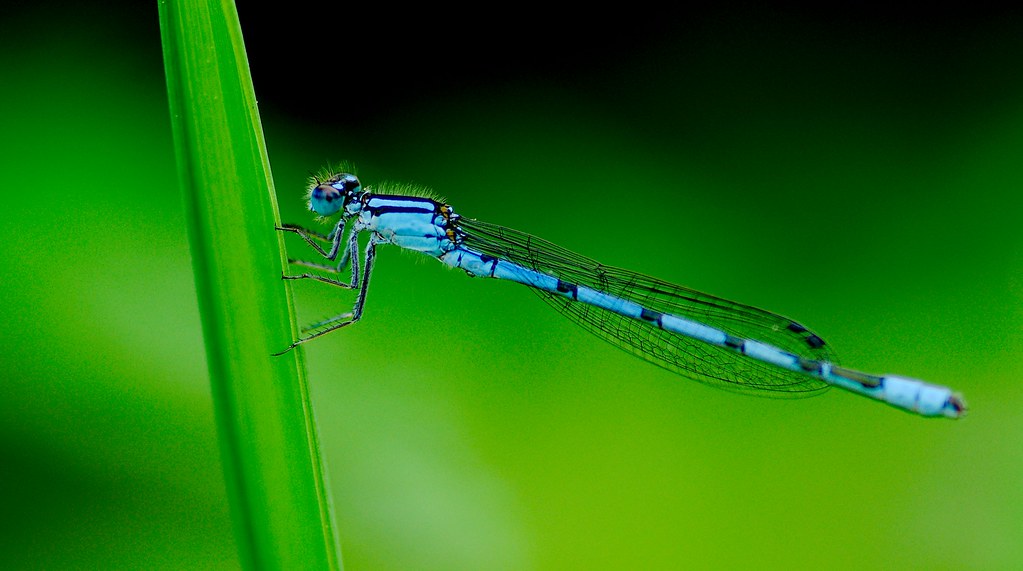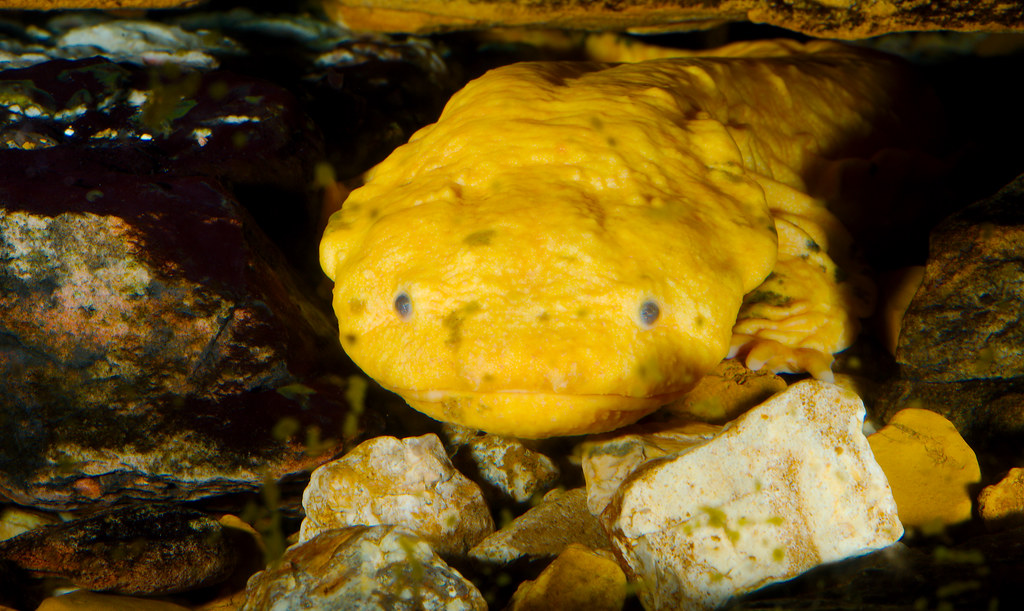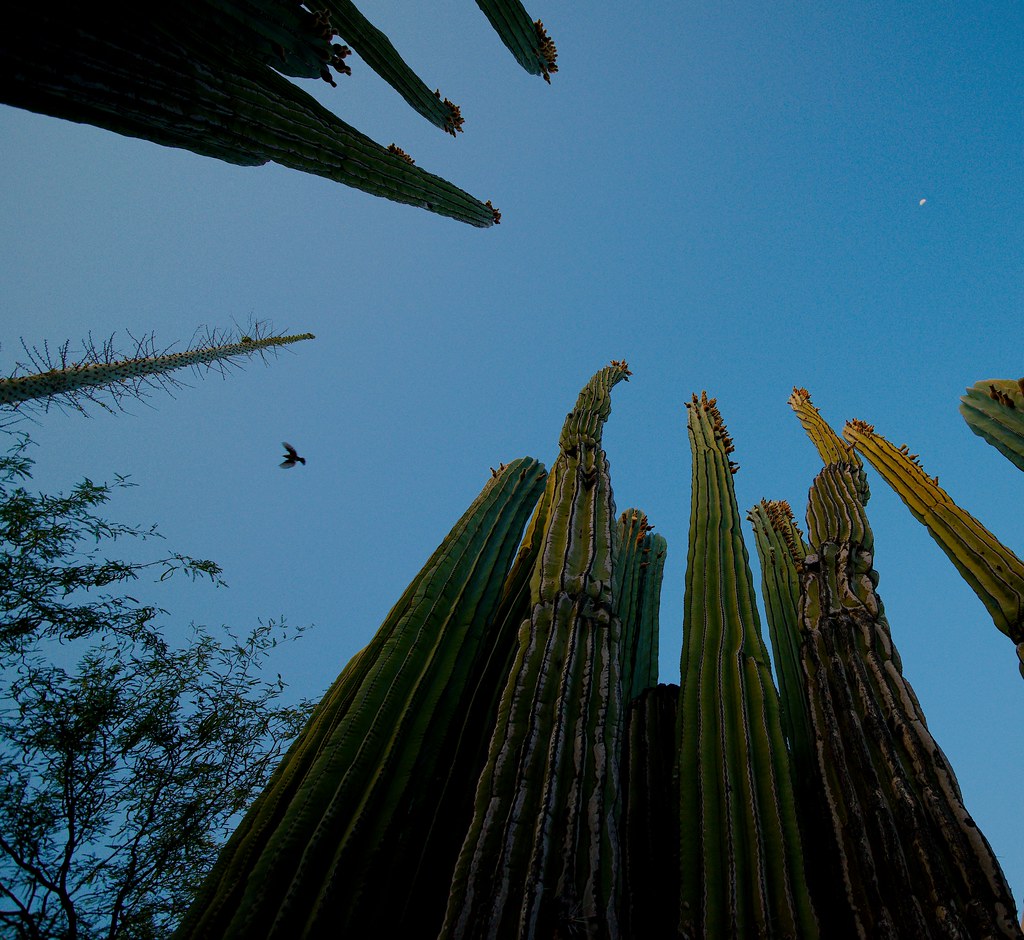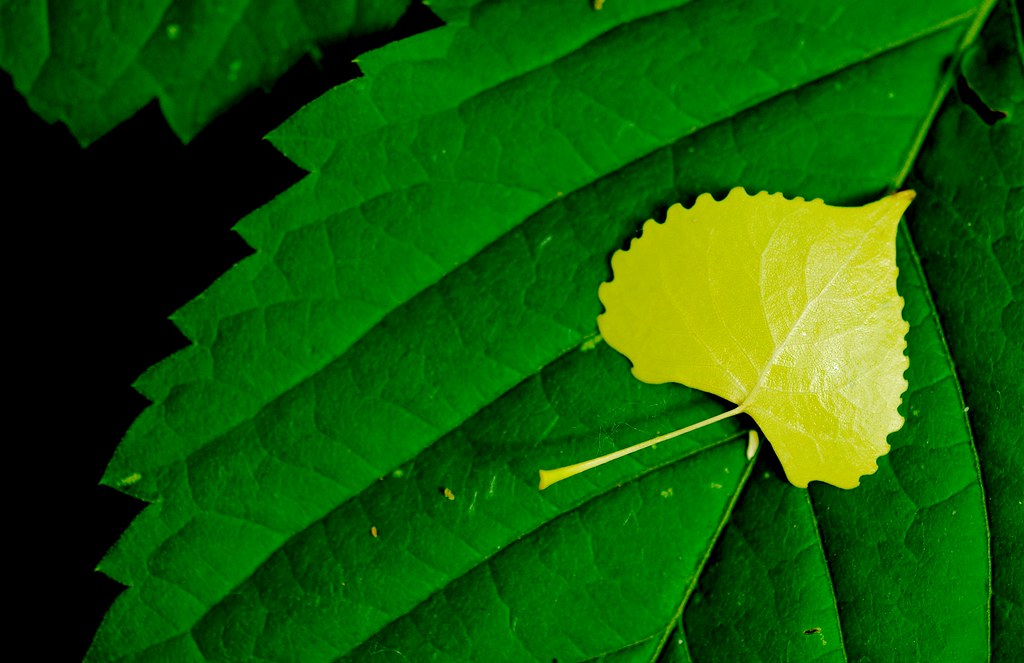
This photo was taken by J. G. Hubbard in 1898.
Many people know the story of the passenger pigeon: the massive flocks where a single migration blocked out the sun for days, the shooting contests where a single gunshot could kill as many as 61 birds, the 7.5 million birds killed over five months in Petoskey, Michigan in 1878: 7.5 million birds were killed in a five month period.
We’d be wrong.
Extinction is complex. Hunting was certainly a significant factor, but it’s hard to eradicate a species through hunting alone. At the same time people were blasting away at the sky, we were also stripping away forests, eliminating their food and shelter. All of these activities together split the large flock into many smaller ones. This matters because the passenger pigeon was a highly social bird and, without large numbers in the colony, they simply couldn’t sustain the population. Passenger pigeons became extinct many years before the death of its last member.
The last passenger pigeon died, in the Cincinnati Zoo, one hundred years ago today. It survived in captivity only fourteen years after it went extinct in the wild. Not all animals are like that. Père David’s deer once ranged across all of China and was sufficiently well known to feature in their mythology. The species has, however, been extinct in the wild for a very long time, surviving for centuries in a private zoo owned by the Emperor of China. Today, it lives on in various zoos throughout the world. The scimitar oryx once roamed North Africa. It was known in both ancient Egypt and Rome. In 1936, there were at least ten thousand. Just over 50 years later, only a handful remained. Today, like the deer, it lives on only in zoos.
And that’s a problem. If a species can survive 50 to 100 years in zoos, it starts to seem normal. Imagine the feeling of wonder one feels walking through the forest and stumbling upon a deer that, in mythology, combined an ox’s strength, a horse’s speed, a deer’s agility and a donkey’s sense of direction. This is the very deer that helped to found the Zhou dynasty and that was believed to grant eternal life.
Now imagine seeing the animal behind bars. They’re still with us … but it’s not the same.
Today, the IUCN lists 4,574 species as critically endangered. The World Wildlife Fund is focusing on a mere 16 well known species. These are species that, if you work at it a bit, can still be seen the wild. You could go to Africa and see a tribe of immensely strong gorillas resting in a glade, caressing one another. You could go to Sumatra and, with luck, get to watch a wild tiger slowly stalking her way through the forest, two cubs trailing behind. In French Guiana, you could see a mass hatching of baby leatherback turtles slowly making their way to sea.
It is very likely that our grandchildren will not be able to do any of these things.
It is also very likely that our grandchildren’s grandchildren will never be able to see any tigers anywhere in the wild. They may never see a whale rising from the depths, showering them with spray. They’ll never get to visit otters, large as people, swimming in the Amazon or see a red crowned crane stalking a fish through a reedy pond.
If you look at the world’s 100 most threatened species, you’ll likely not recognize any of them. A common reaction to seeing lists like this is:
“So what if we lose Bulmer’s fruit bat or the White bellied heron, there are tons of other bats and herons in the world.”
When the next generation looks at their list of threatened species, they’ll feel the same way. The same for their children.
Extinction takes time, if future generations are to value the creatures we love, we must ensure they’re not so rare that our children don’t care. In 1857, most people couldn’t conceive of a world in which passenger pigeons wouldn’t fill the skies. When asked to protect them, the Ohio Senate stated:
“The passenger pigeon needs no protection. Wonderfully prolific, having the vast forests of the North as its breeding grounds, traveling hundreds of miles in search of food, it is here today and elsewhere tomorrow, and no ordinary destruction can lessen them, or be missed from the myriads that are yearly produced.”
Today, we can’t conceive of such a world. I’d hate for someone, one hundred years from now, to be writing something similar about the tiger, gorilla or turtle with nothing left but a photograph and some stuffed specimens collecting dust in a handful of museums.
If this would bother you too, please think about taking action with the WWF or donating to the IUCN.
One last thing. When a species dies in captivity, we know their names. This is the song of Martha, Last of the Passenger Pigeons, by John Herald.
